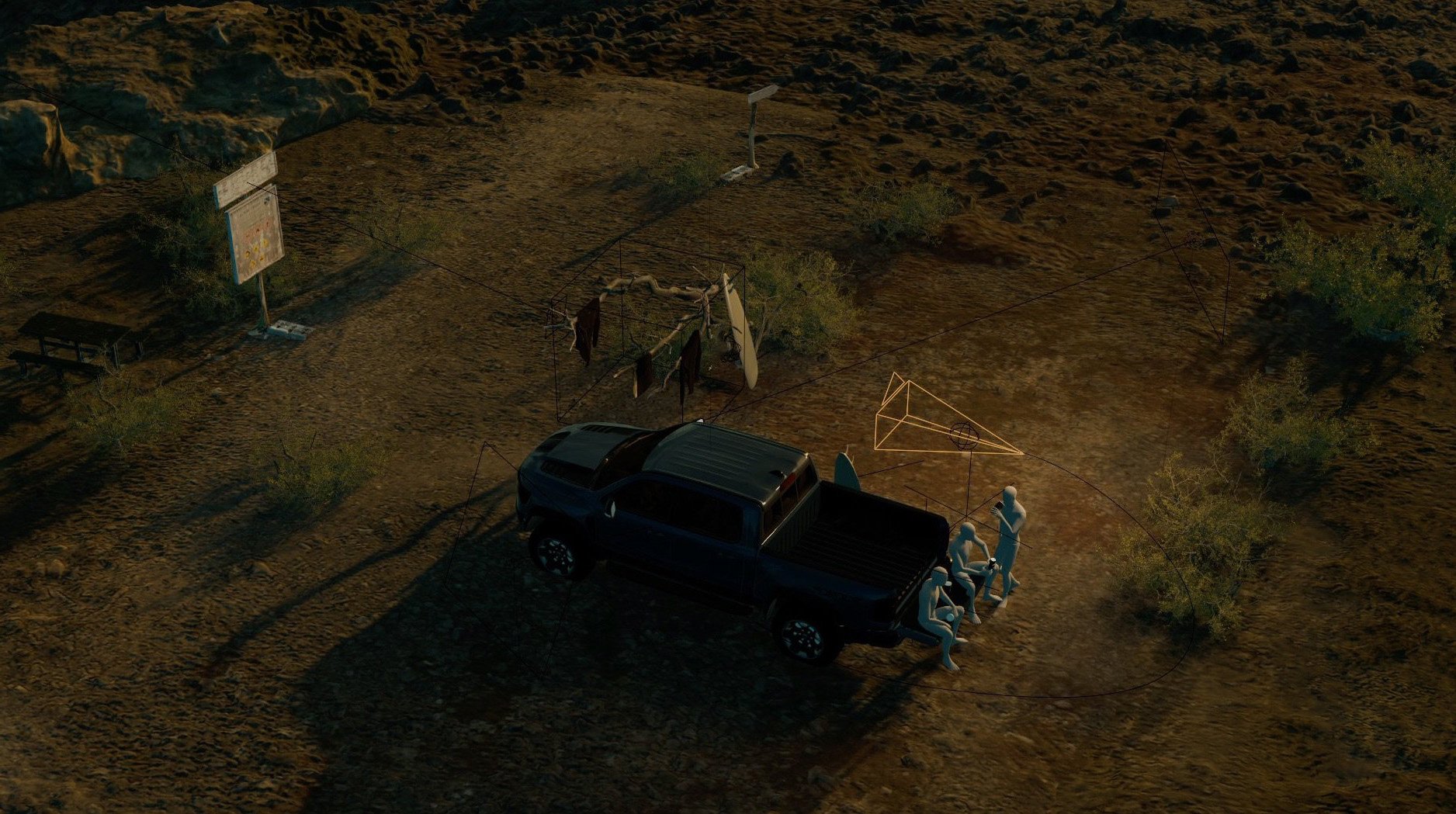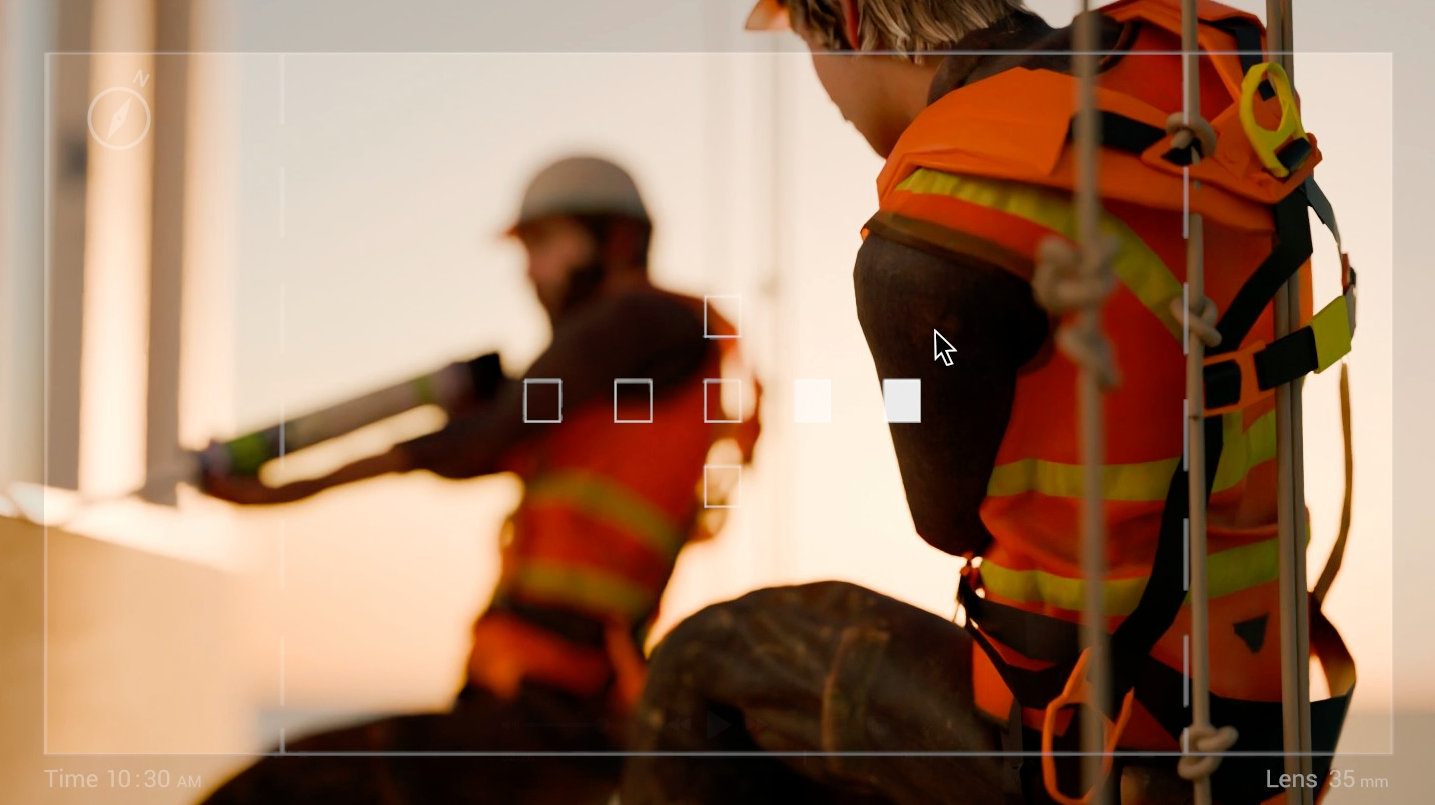Pre-visualization (aka Previz)
I have worked in design, animation and film for over 20 years.
I now spend most of my time creating high quality 3D and AI driven previz content for Films, TVCs and Music Videos.
A common thread on the best creative projects I have worked on has been making the effort to work iteratively. 100s if not 1000s of problems (and wasted dollars) can be avoided by planning each stage of a creative project in a systematic way.
Here’s what I can provide for you at a flat day rate :
Pitching, Planning and Strategy
Research, References, Creative Input
Look and Feel, Visual Language, Rough-Cut Edits
Storyboarding (non-traditional, derived from 3D scenes)
Integration of client-provided 3D content
Animated Storyboards, Playblast clips, Animatics
AI generated previz content
Art Department, Technical Support
Photorealistic and Non-Photorealistic styleframes
AI generated cinematic content
CGI backplates
3D Photogrammetry of sets and locations
Shop Drawings, CAD, models exported for 3D printing
Unreal Engine file conversion and export
Get in touch to discuss the most efficient way for us to work together
Here’s a thorough 3D and AI process film that shows why this is my specialty.
Or my showreel, showing some of the recent animatic work I have done.
1. Establishing a visual language
The key to getting great previz results is establishing a clear and concise visual language with the Director or team that I’m working with.
This can be as simple as sharing a deck of references (visual, video, audio, written) or it could be as involved as a shared Miro board / Google Doc where you share me in on your thoughts and aspirations.
From here I can rapidly offer advice on the scope and timing required to best match a script to the visual style you have in mind.
2. The shotlist
With a solid understanding of the goals and requirements on both sides, we dive into creating the shotlist and storyboard.
You can share a treatment concept and I will break that down into a set of key scenarios to populate a pitch deck with inspiring and informative images. These may not be actual scenes from the finished film as such, but serve to get your client on board as quickly as possible.
If we’re past the pitching process and have a script in mind, then we agree on what the most high value shots are that would benefit from Previz.
3. Blocking and framing in 3D
I’d say I am faster at setting up a great looking scene in 3D than I am at sketching one by hand, so that’s where we go next.
The benefits of using 3D is that I can then match lighting to ANY reference, we can use dimensionally accurate models and environments and I can work with your Director or DP to use whatever specific lenses they would use.
By building a scene in 3D we also very quickly highlight any impossible factors, buildings that might cast shadows, a dolly track that would not be humanly possible to operate, a frame or room where the talent just wont fit in the way we’d hoped.
With these resolved I output your shotlist as a series of coloured low-res draft frames for sign off.
These draft frames can be stylised in many ways if needed to sit alongside hand sketched storyboards or to drop into a rough-cut edit.
4. Refinement and (AI) photorealism
Using a somewhat-secret combination of 2D, 3D and AI tools I can take your shots and convert them to realistic Styleframes.
It’s amazing what tech can do these days, and I can now comfortably say I can take the 3D generated, lens accurate, lighting accurate drafts and update them to photorealistic frames while maintaining all of the exact placement and posing of the 3D scene.
With a few rounds of refinement and some final colour grading and lens effects we arrive at a set of Styleframes with a project scope measured in days or even hours.
5. Animation, cameras and editing
With a completed 3D master scene available to us, I am able to then produce a 3D Animatic, or a rough-cut mixed media edit.
One of the key advantages of working in 3D from early on is that we can now explore camera movements, pacing, framing, lensing, lighting direction, choreography, stunts, VFX and transitions with relative ease.
I have plenty of experience cutting together edits from a wide variety of sources, so we can work in a nimble way to iterate on your ideas.
AI video is now an achievable reality, so it’s also pretty amazing to see the Styleframes come to life before your very eyes.
6. Technical support
Content that is already resolved in 3D is no effort to output in a variety of formats to speed up the transition from concept to reality.
On many of the music videos and TVCs I have worked on, the timeline from a green light on the pitch to shoot day is rapid to say the least, it’s been a real help to the production teams and art department to begin there work from a well-structured dataset.
Shop drawings can be created from our 3D models and set concepts
3D files can be exported to be 3D printed or Rapid Prototyped.
3D scenes can be converted for use in software like Unreal Engine or Unity - allowing you to very quickly see your content in an interactive and immersive environment.
Pitchviz, Previz, Techviz & Postviz | A terminology refresher
Previz is a ‘collaborative process that generates preliminary versions of shots or sequences, predominantly using 3D animation tools’. It enables filmmakers to visually explore creative ideas, plan technical solutions, and communicate a shared vision for efficient production.
Pitchviz – Created for pitch decks, these images are more loose and inspirational. It helps visualize the potential for a project. Alternate concepts for location, time of day, filming approaches, scale and scope can be explored to set expectations while building excitement.
Previz – When a project has the green light and budget is approved we work through rapid iterations of the chosen concept to lock in styling and basic shot framing. The Art Department can advise on construction techniques while the Director and DP explore lighting and lenses.
Techviz – Incorporates actual camera, lighting, design, and set layout information to show how a shot will work using real-world measurements. Data and Drawings are extracted for the Art Department to begin building.
Postviz – This happens in post-production after the shoot. More evolved 3D animation can be quickly incorporated into a scene to enable VFX producers help with planning and budgeting for complex scenes.
A special shout out to https://realtimeuk.com/blog/the-detailed-guide-to-previs/ where this is paraphrased from!






